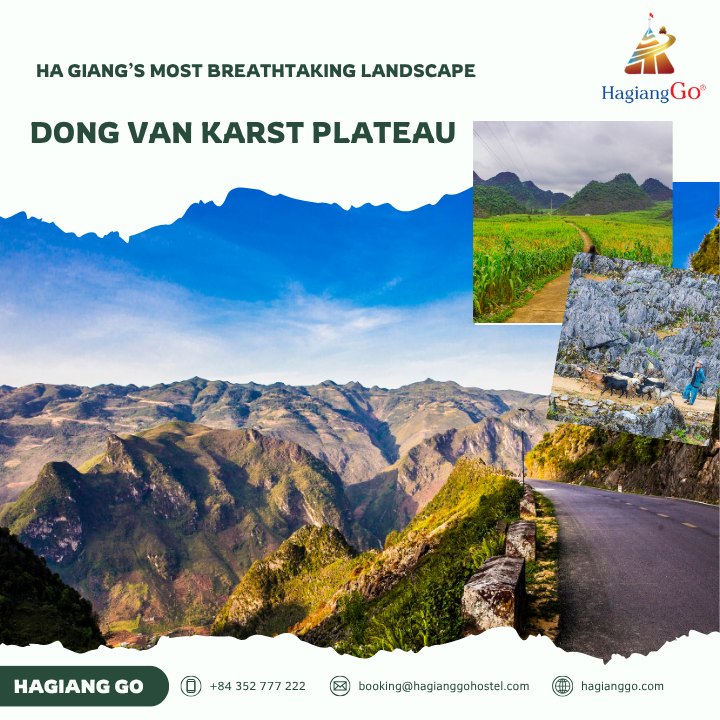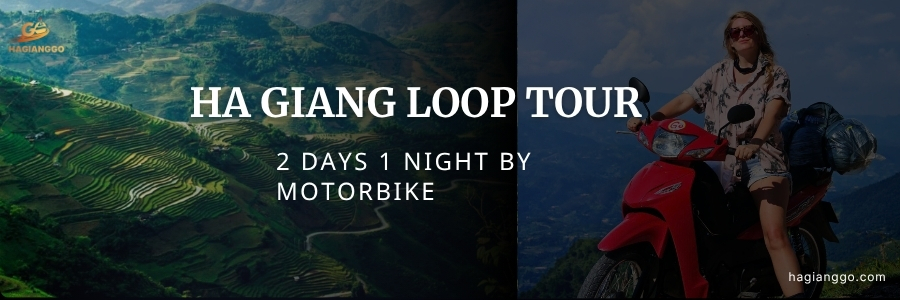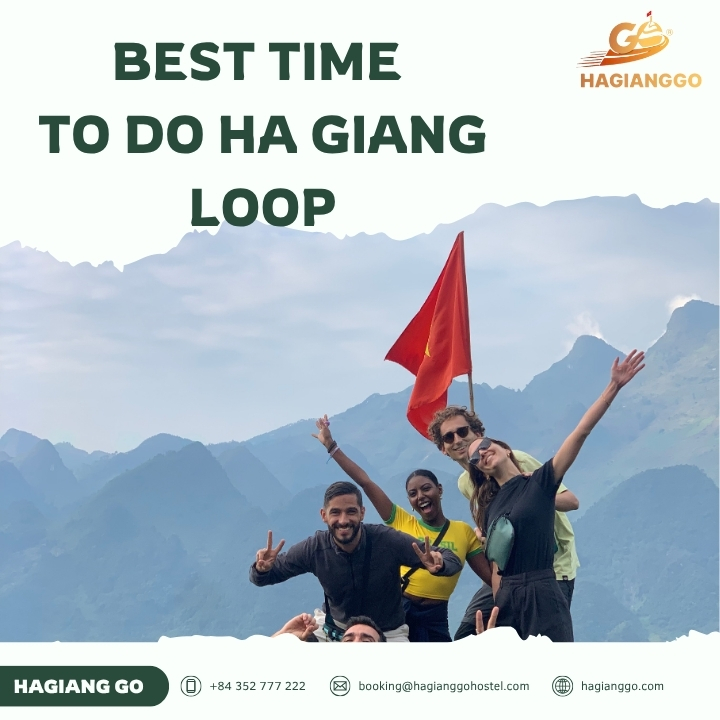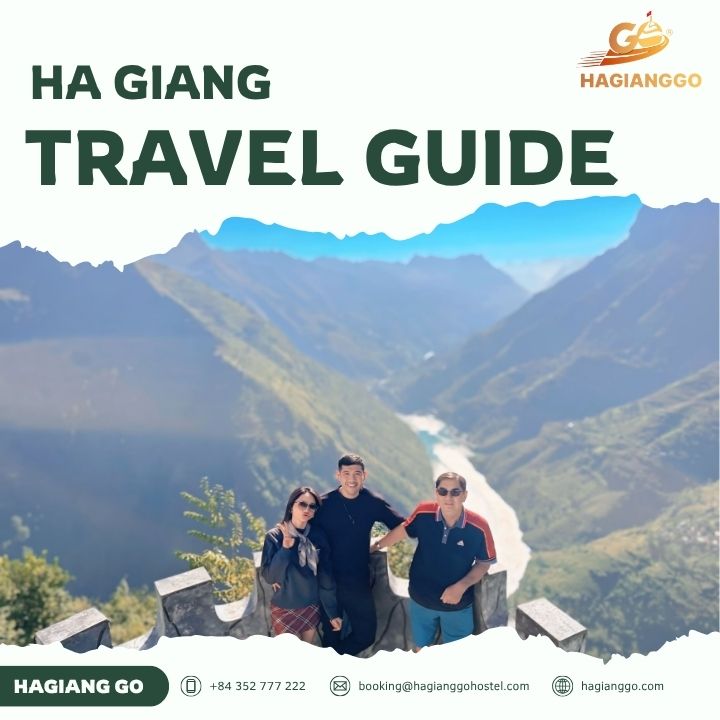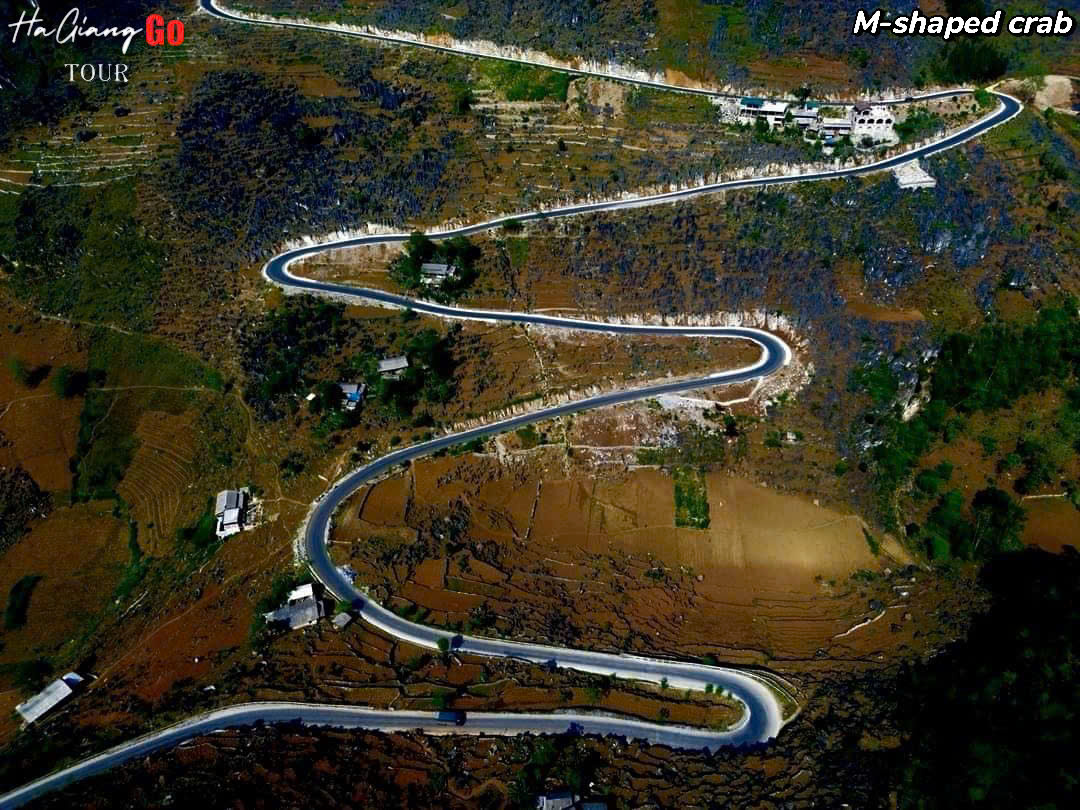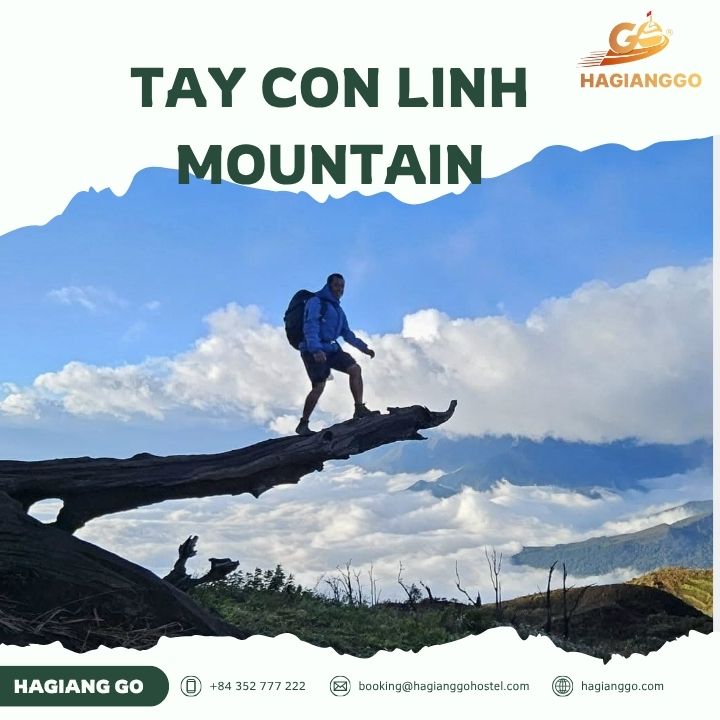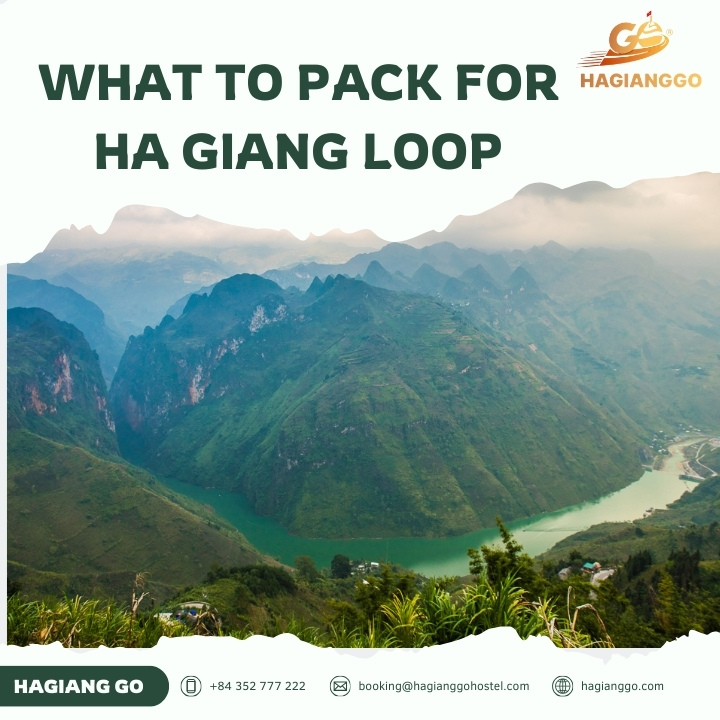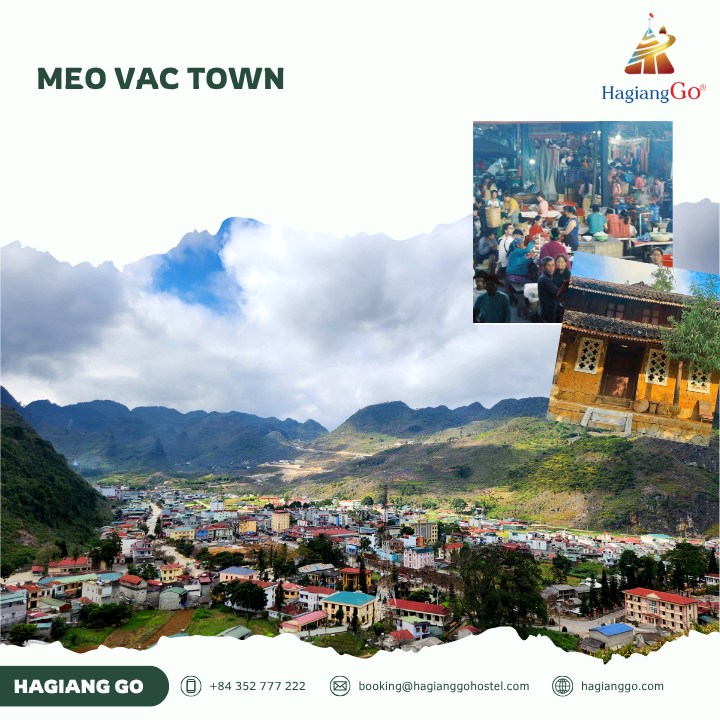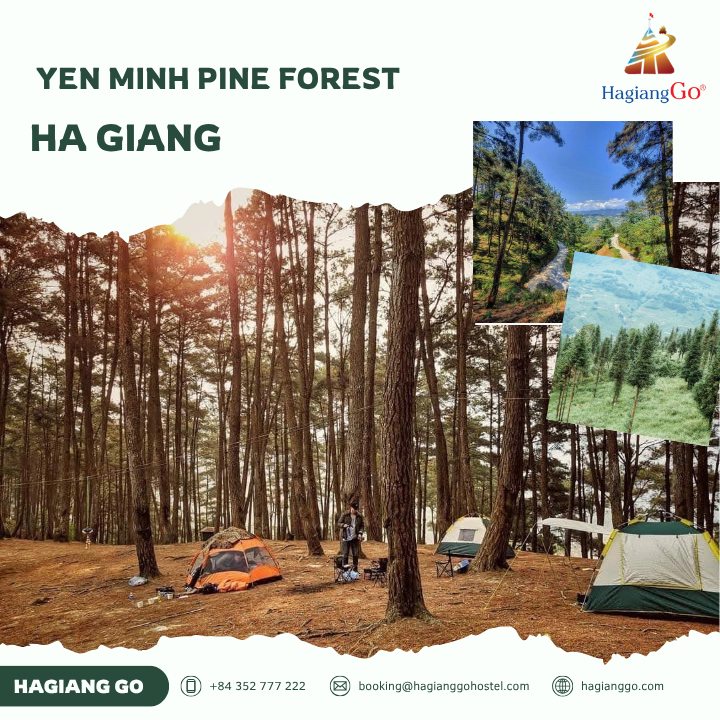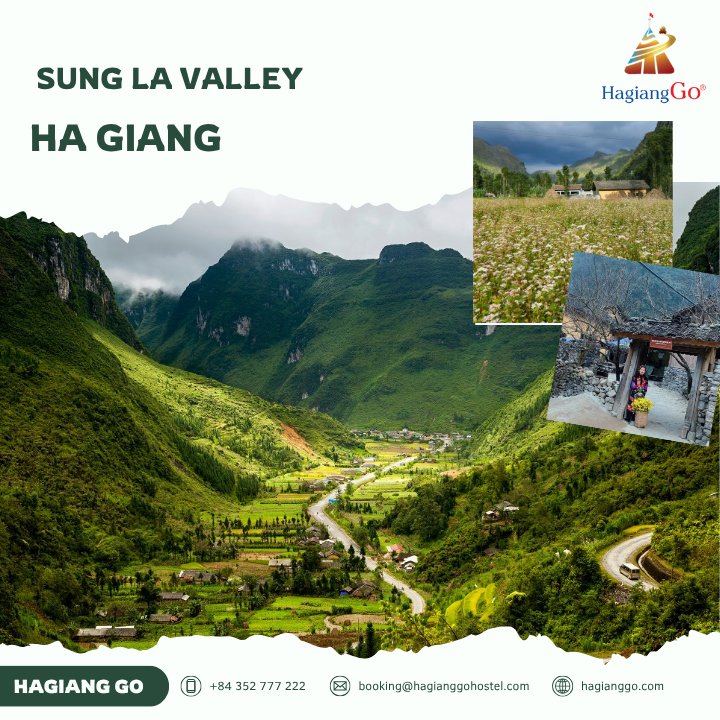1. Where is the Dong Van Karst Plateau?
The Dong Van Karst Plateau spans four of Ha Giang's northernmost districts: Dong Van, Meo Vac, Yen Minh, and Quan Ba. Covering an area of approximately 2,357 square kilometers and sitting at an altitude of 1,400 to 1,600 meters above sea level, the plateau is defined by its dramatic limestone peaks and deep canyons, some reaching 800 meters in depth. Over 80% of the region is karst, making it one of the most remarkable geological zones in Southeast Asia.
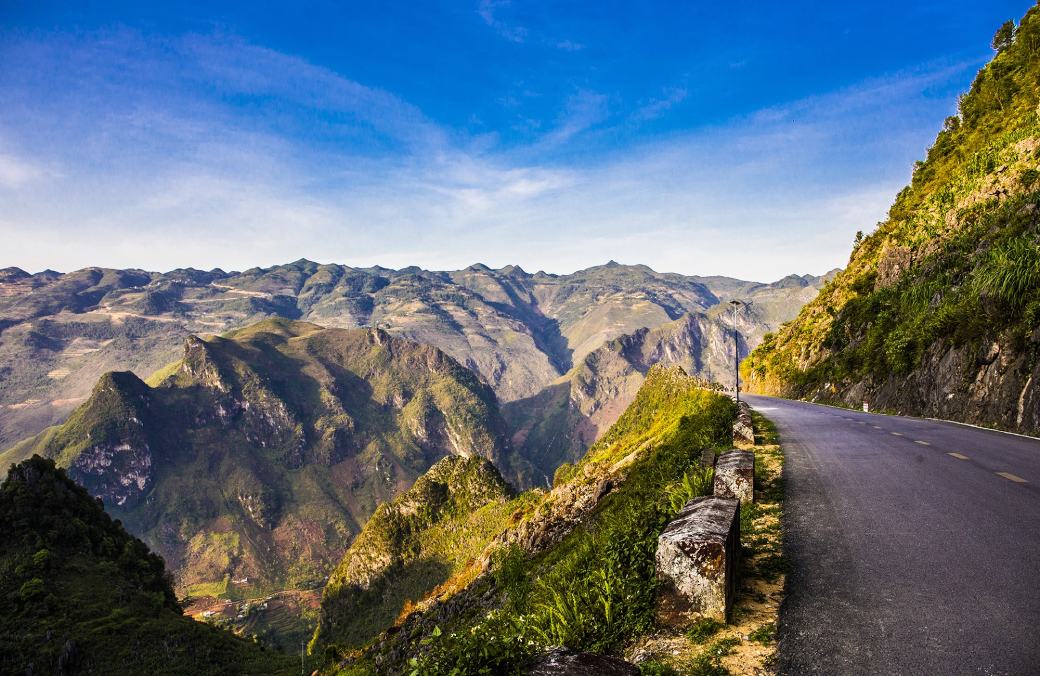
Source: Vnexpress
2. Why visit Dong Van Karst Plateau in Ha Giang?
Dong Van Karst Plateau is not just a place; it's a living, breathing museum of Earth’s ancient history, biodiversity, and human adaptation. It's a dream destination for:
- Eco-tourists seeking untouched nature
- Photographers chasing otherworldly landscapes
- Adventure travelers looking for winding mountain passes
- Cultural explorers drawn to diverse ethnic traditions
Let’s explore what makes this geopark so exceptional.
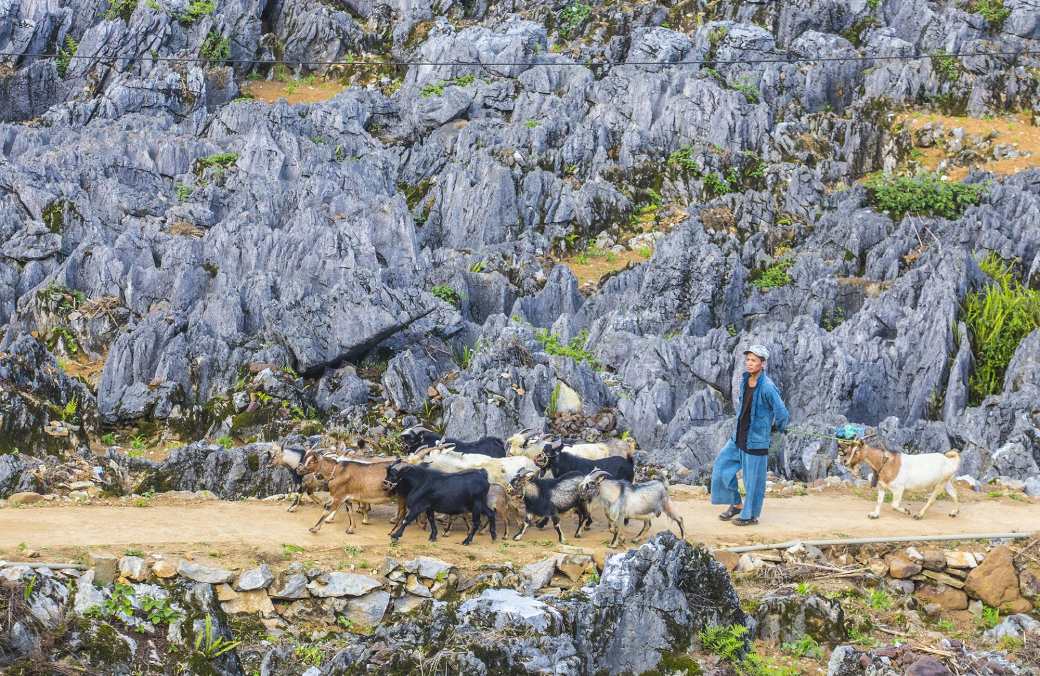
Source: Vnexpress
2.1 Geological heritage
Imagine standing on a windswept ridge, surrounded by a sea of gray stone peaks that ripple toward the horizon like frozen waves. This is not just a landscape, it’s a colossal archive of Earth’s ancient memory, carved in limestone and time.
The Dong Van Karst Plateau is one of the oldest and most dramatic karst landscapes in Asia, formed over 400 to 600 million years of tectonic shifts, sedimentary layering, and erosion. Over 80% of the region is covered in towering limestone mountains, sharp escarpments, and deep, narrow canyons, a surreal terrain that seems more like the surface of another planet than a corner of northern Vietnam.
Among the most jaw-dropping sights is Tu San Canyon, the deepest canyon in Vietnam, where vertical cliffs of jagged stone plunge nearly 800 meters into the jade ribbon of the Nho Que River. From above, the canyon appears as a gash in the earth, raw, powerful, and timeless. It's the kind of place that makes you feel small, yet profoundly connected to something vast and eternal.
Fossils embedded in the exposed rock strata, like trilobites, brachiopods, and crinoids, are remnants of ancient seabeds that once covered this land. As you walk along narrow trails or pause at panoramic viewpoints, you're stepping into the story of life itself. The plateau preserves geological records of at least two mass extinction events, including the Permian-Triassic boundary, offering rare insights into Earth’s turbulent past.
But it’s not all rugged and raw. In the early morning, mist rises from valleys like whispers of ancient oceans, softening the sharp edges of the cliffs. As sunlight breaks through, the limestone glows silver, golden, or even pale pink depending on the time of day. Some peaks are needle-like and rise vertically from the valley floor; others are weathered into bizarre, sculptural forms by the passage of millennia of wind and rain.
Locals call it “the land of stone and sky,” and once you see it, you’ll understand why. Here, the stone is not just a backdrop; it’s the main character in a dramatic narrative of erosion, upheaval, and quiet resilience.
Whether you’re standing atop Ma Pi Leng Pass with clouds curling at your feet, or hiking through the eerie silence of a hidden valley, the geology of Dong Van doesn’t just inform, it overwhelms, inspires, and humbles.
2.2 Ecology & conservation
- Biodiversity hotspot: The region blends nature reserves, Bat Dai Son, Du Gia, and Khau Ca, hosting 289 plant species and 171 fauna species, including critically endangered mammals, birds, and reptiles.
- Home to a primate icon: The Tonkin snub-nosed monkey, one of the world’s 25 most endangered primates, was rediscovered here in the 1990s.
- Unique agricultural ecosystems: Ethnic farmers ingeniously fill rocky hollows with soil to cultivate crops, a centuries-old, sustainable tradition.
- Eco‑tourism with purpose: UNESCO and local communities have teamed up to ensure conservation remains central, eco‑friendly homestays, reduced plastic use, and agricultural-tourism projects reinforce sustainability practices.
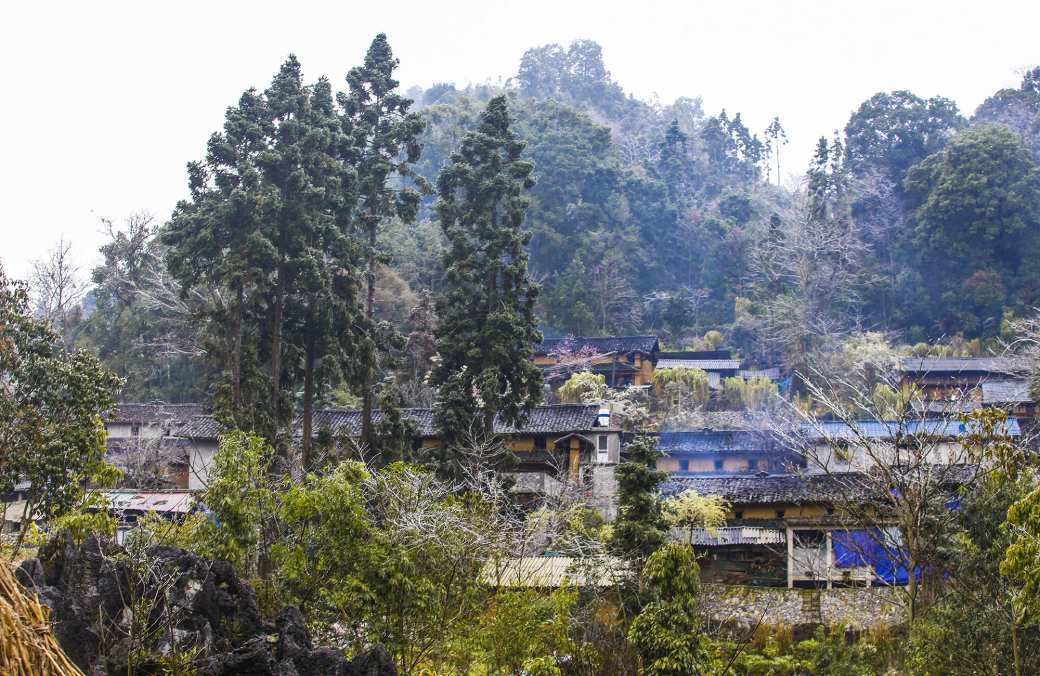
Source: Vnexpress
2.3 Cultural & ethnic richness
More than 17 ethnic minority groups inhabit the Dong Van region, including the H’mong, Dao, Tay, Lo Lo, and Nung. Each group carries its own language, clothing, architecture, festivals, and cuisine, woven into the landscape like threads of an intricate tapestry. Weekly markets, vibrant textiles, traditional stilt houses, and ancestral ceremonies are not performances for tourists; they are everyday life.
Each season, the Dong Van Karst Plateau reveals a different kind of beauty. In spring, the entire plateau comes alive as peach blossoms, plum flowers, and pear flowers burst into bloom. The land takes on a romantic charm. Under the soft sunlight, delicate pinks and whites stand out beautifully against the warm yellow of traditional homes.
These homes are built in the distinctive “trinh tuong” architectural style, typical of ethnic minority groups in Ha Giang such as the H’mong, Dao, and Lo Lo. Constructed entirely from compacted earth, the thick walls keep the interiors cool during summer and warm in the winter, while the roofs are covered with yin-yang tiles, an age-old architectural feature found throughout northern Vietnam’s highlands.
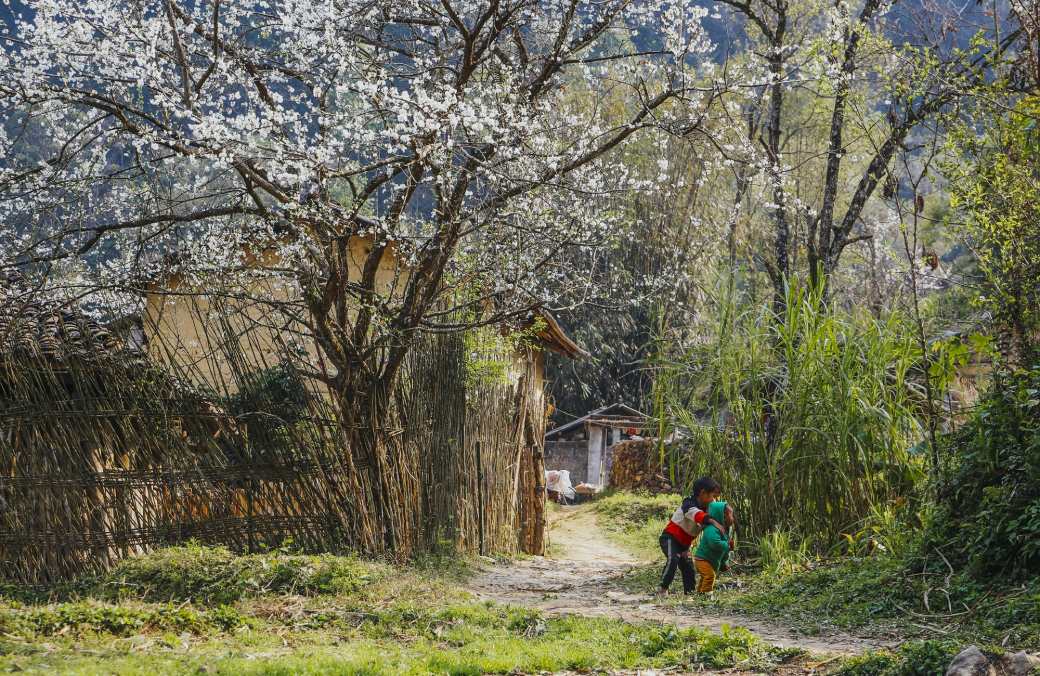
In every season, Dong Van tells a new story in stone and sky - Source: Vnexpress
3. Other highlights in Ha Giang Loop Route
Whether you're staying at a cozy homestay or touring with HaGiang Go, you’ll want to make time for these must-see spots:
- Lung Cu Flag Tower: Located at Vietnam’s northernmost tip, Lung Cu offers panoramic views over China and the karst plateau. The giant flag waving in the wind symbolizes national pride and is a powerful moment for many Vietnamese visitors.
- Dong Van Ancient Town: This charming town preserves French colonial and H’mong architecture side by side. Cobblestone streets, traditional clay houses, and old cafes give the place a timeless feel.
- Ma Pi Leng Pass: Often dubbed the "King of Passes," this stretch of mountain road between Dong Van and Meo Vac provides hair-raising turns and jaw-dropping views over the emerald Nho Que River.
- Tu San Canyon: Tu San - Vietnam’s deepest canyon - is best viewed from a boat along the Nho Que River. Its towering limestone cliffs are a testament to the sheer geological forces at play.
- Nho Que River: With jade-green waters cutting through dramatic cliffs, this river is ideal for kayaking or sightseeing cruises. The calm water contrasts beautifully with the towering karst peaks around it.
- Vuong Family Mansion: Known as the "H’mong King’s Palace," this early 20th-century mansion blends Qing Dynasty and French colonial architecture. It offers a window into the wealth and influence of the Vuong family.
- Quan Ba Heaven’s Gate: Located near the town of Tam Son, this pass offers sweeping views of the iconic Twin Mountains (Fairy Bosom Hills) and the surrounding valleys.
4. Travel tips
4.1. Best time to visit Dong Van Karst Plateau
The dry season from October to April offers the best weather: cool, dry air and clear skies. If you're hoping to catch the tam giac mach (buckwheat flower) season, plan your visit around late October to early November.
🤞 You may need: Ha Giang weather information
4.2. How to get there
Most travelers begin their journey in Hanoi and make their way to Ha Giang City by overnight bus or private transfer. From there, you can book a tour or rent a motorbike through HaGiang Go, your trusted local companion.
We offer:
- Bus transfers from Hanoi
- Motorbike rentals with safety gear
- Guided tours with local riders
- Custom itineraries based on your interests
4.3. Suggested itinerary
For a fulfilling experience, plan for a 3-day loop:
- Day 1: Ha Giang – Quan Ba – Yen Minh
- Day 2: Dong Van – Lung Cu – Ma Pi Leng
- Day 3: Meo Vac – Du Gia – Return to Ha Giang
Want something slower or more immersive? Ask us at HaGiang Go, and we’ll tailor your route.
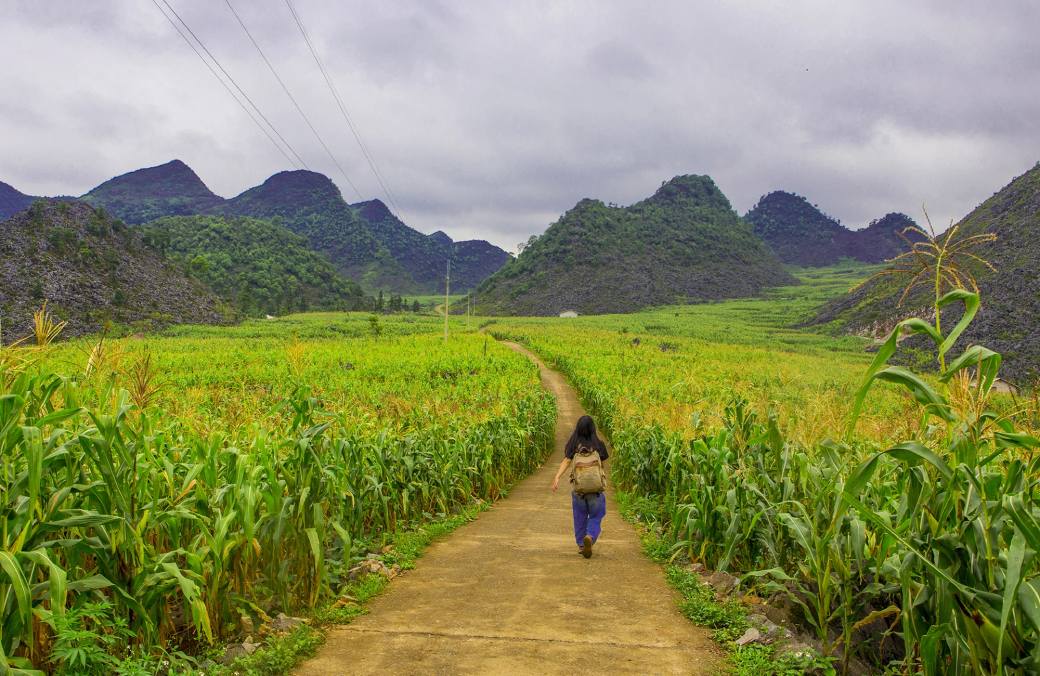
Source: Vnexpress
5. Other things to know before visiting Dong Van Karst Plateau
5.1. Entry & fees
Most areas in the geopark are free to enter, but some key sites (Lung Cu Flag Tower, Vuong Mansion) may require a small fee.
5.2. Packing essentials
- Layered clothing (mountain weather is unpredictable)
- Sunscreen & insect repellent
- Good walking shoes
- Reusable water bottle
- Local currency (cash is king in the highlands)
5.3. Respect local culture
- Always ask before photographing people
- Buy from local artisans
- Dress modestly in ethnic villages
- Avoid littering, leave no trace
From towering limestone cliffs to mist-shrouded villages and the warm smiles of highland communities, the Dong Van Karst Plateau is a soul-stirring destination. It’s not just about the sights, it’s about the people, the stories, and the silence between the winding roads.
At HaGiang Go, we don’t just take you there, we ride alongside you, share stories over steaming bowls of pho, and make sure your journey is as meaningful as the place itself. Add Dong Van Karst Plateau Geopark to your Vietnam bucket list; it's a journey through time, culture, and raw nature.
Looking for motorbike rentals, expert guides, or a place to stay? Come find us at HaGiang Go Hostel & Tour. Let’s discover the real Ha Giang together.
